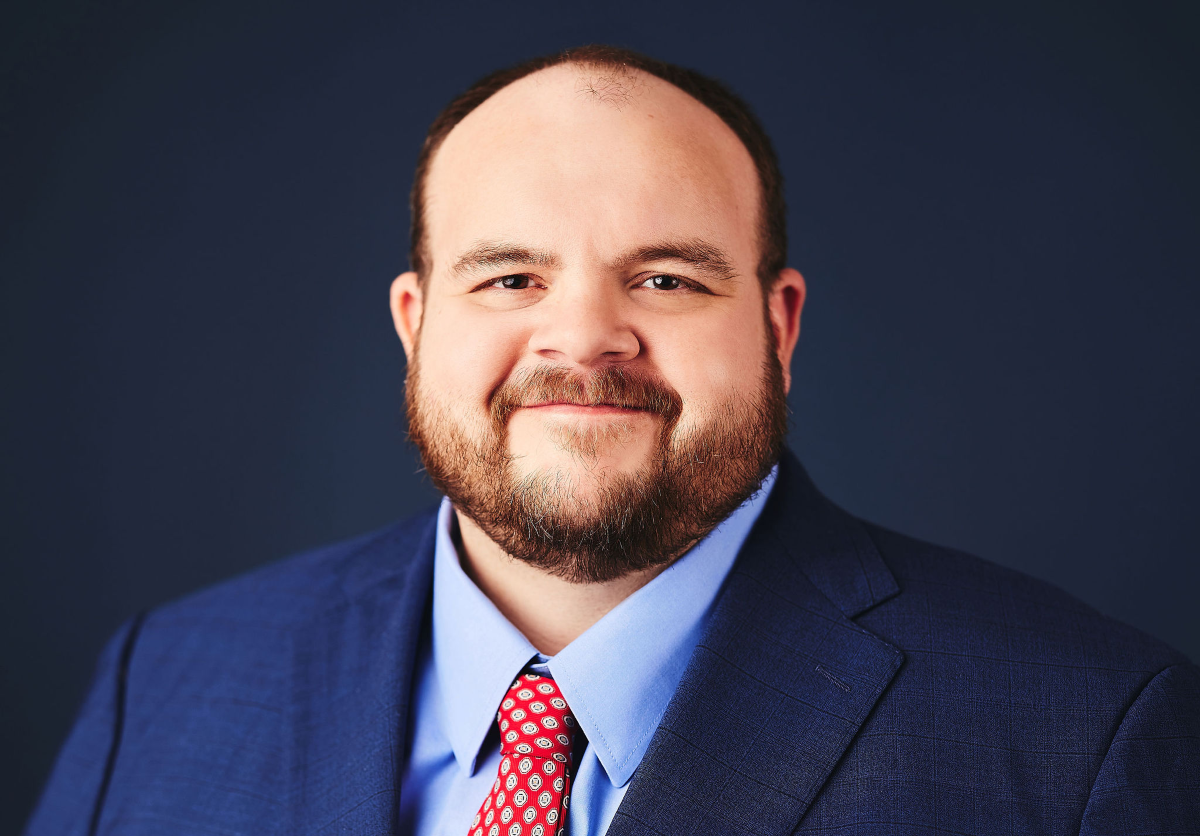Easthampton Congregational Church submitted an insurance claim to Church Mutual Insurance Company when their roof suddenly collapsed. Church Mutual denied coverage for faulty construction after they sent their engineer, Joseph Malo, out to inspect the property. Mr. Malo noted, and the insured agreed, there was “progressive failure of the fasteners used to attach the layers of the ceiling to the ceiling joists due to the weight of the ceiling” which eventually caused the collapse.
Easthampton asked Church Mutual to reconsider their position stating that the roof was entirely effective in that it had lasted for approximately sixty years and that the loss was covered under the collapse provision which stated:
2. We will pay for direct physical loss or damage to Covered Property, caused by collapse of a [covered property]…if the collapse is caused by one or more of the following:
b. Decay that is hidden from view, unless the presence of such decay is known to an insured prior to collapse;
f. Use of defective material or methods in construction, remodeling, or renovation if the collapse occurs during the course of the construction, remodeling, or renovation. However, if the collapse occurs after construction, remodeling, or renovation is complete and is caused in part by a cause of loss listed [in the previous sections]; we will pay for the loss or damage even if use of defective material or methods, in construction, remodeling, or renovation, contributes to the collapse.
The insurer, in its denial also rejected the insured’s allegation that hidden decay contributed to the collapse.
The trial court held that “the most reasonable reading of the word ‘decay’ as it is used in the Policy is that it refers to the broader concept of the word.” That is, a “gradual decline in strength” or “progressive decline” as opposed to a narrower definition that entails organic rotting.
The appellate court, while not necessarily agreeing with the trial court’s reasoning, affirmed their decision to grant summary judgment in favor of the insured because it was clear that an ambiguity existed as to the definition of the word decay.1
Notably, the First Circuit was not too fond of the insurer’s argument that the chosen definition of decay would encompass all collapses, because “it is difficult to imagine any collapse, of any structure, being cause by something other than ‘decay.’” The court noted:
But, even if the insurance company did not intend to provide coverage for collapses like the one in question, that is a self-inflicted problem. The insurance company, which wrote the policy, could simply have defined “decay” narrowly or limited the coverage period.
I leave you with a quote from English philosopher, Thomas Hobbes:
“[i]magination, therefore, is nothing but decaying sense. . . .”
______________________
1 Easthampton Congregational Church v. Church Mutual Ins. Co., No. 18-1881, 2019 WL 851191 (1st Cir. Feb. 22, 2019).



